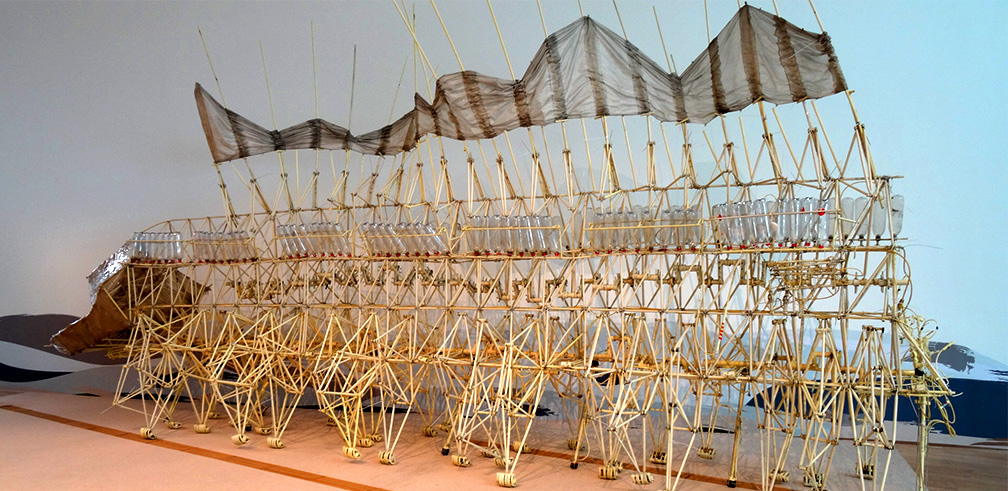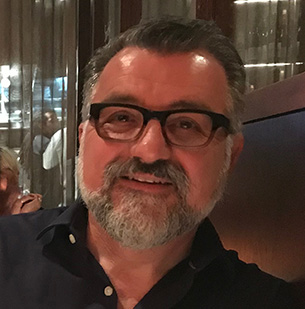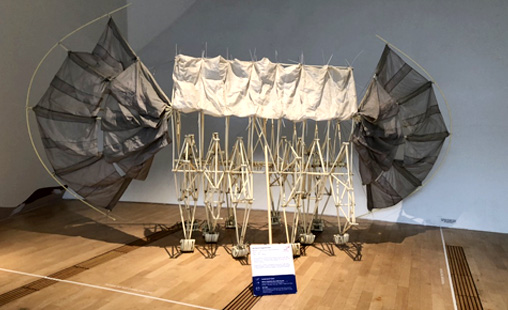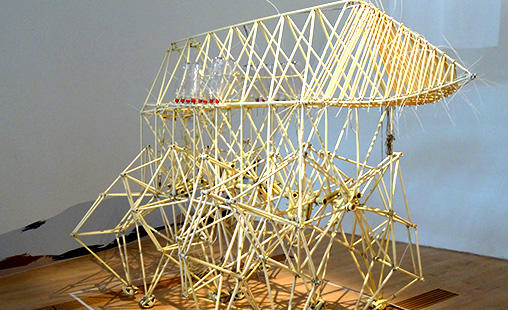Montessori Matters
The Hand and Mind Connection
Anthony shares his experience from his time at
the Art and Science Museum in Singapore and
how it reminded him of the way Montessori materials
encourage abstract ideas, processes and concepts for students.

Anthony Milano, Deputy Principal & Head of Montessori Teaching and Learning

In our Montessori environments children of all ages are given a multitude of opportunities to explore the world around them with their hands. Through the manipulation and sensorial exploration of the Montessori materials children make deep impressions in the mind which leads to understanding virtual and abstract ideas, processes and concepts. This is the work of exploration, creating knowledge through trial, error and experimentation. Making the hand and mind connection allows children to understand their immediate world and to reach out into the wider environment. In the ‘Absorbent Mind’ (p.155) Dr Montessori reminds us that “it is clear that we must not carry the child about, but let him walk, and if his hand wishes to work, we must provide him with things on which he can exercise an intelligent activity.”
Human beings are natural born problem solvers. From the arrival of our earliest ancestors, survival has been based on the need to solve immediate problems. This problem solving leads to designing and making practical solutions. Every day and in every time period human beings go about meeting their fundamental needs. Our basic needs can be split into two categories: Material and Spiritual Needs.
These can be broken down further. Our Material Needs can be described as Housing, Transportation, Nourishment, Clothing and Defence. Our Spiritual Needs can be described as Arts and Culture, Religion and Vanity.
Each of these sub-categories can be broken down. As an example, If we explore the need for clothing we see that depending on the climate zone you live in, the solution to the type of clothing you would need reflects the ambient temperature at different times of the year, the materials available to you be they plants or animals, or the techniques you have developed in order to turn these raw materials into some type of wearable garment. The hand and mind, and all the senses come into play.
The spirit and spark of imagining the possible solutions to staying warm or cold will drive possible outcomes. The realisation of the mind’s ideas comes to fruition with the hands creating a myriad of solutions. Initial solutions may not be perfect, but the hand and mind continue to offer refinement to rudimentary ideas.
Recently I had the opportunity to view the amazing “Strandbeests – Wind Walkers” at the Art & Science Museum in Singapore.
Theo Jansen, a Dutch sculptor, has spent the last 28 years designing and building a series of wind-powered creatures called Strandbeests or as he describes them, “beach animals”. In the spirit of Leonardo da Vinci, Jansen has applied his background in both art, computer engineering and science to create over 30 self-propelled Strandbeests.
 These wind-powered creatures were originally conceived as a solution to address the threat of flooding caused by rising sea
levels. Jansen envisioned the wind-powered creatures roaming the beaches, pushing and piling sand on the shore to form
natural barriers and prevent erosion.
These wind-powered creatures were originally conceived as a solution to address the threat of flooding caused by rising sea
levels. Jansen envisioned the wind-powered creatures roaming the beaches, pushing and piling sand on the shore to form
natural barriers and prevent erosion.
The solutions and creations are truly born from the spark of imagination, invention and the power of the hand and mind to create. Jansen has dedicated his life to fostering evolution of his dreams and the pursuit of his personal philosophy that “the walls between art and engineering exist only in our minds.”
 The use of the hand helps the child to construct the person that they will become. Dr Maria Montessori felt strongly that the
hand and mind must develop in harmony. With this harmony comes the development of the intellect, that is the hand bringing
information to the mind and the mind guiding the hand. In fact one of Dr Montessori’s most famous beliefs was that “the
hands are the instrument of man’s intelligence.” (The Absorbent Mind, p. 25).
The use of the hand helps the child to construct the person that they will become. Dr Maria Montessori felt strongly that the
hand and mind must develop in harmony. With this harmony comes the development of the intellect, that is the hand bringing
information to the mind and the mind guiding the hand. In fact one of Dr Montessori’s most famous beliefs was that “the
hands are the instrument of man’s intelligence.” (The Absorbent Mind, p. 25).
References
- Montessori, Maria. The Absorbent Mind. New York, Holt, Rinehart and Winston. 1967
- “Wind Walkers”. – Theo Jansen’s Strandbeests. Art Science Museum, Marina Bay Sands Singapore, August 2018
